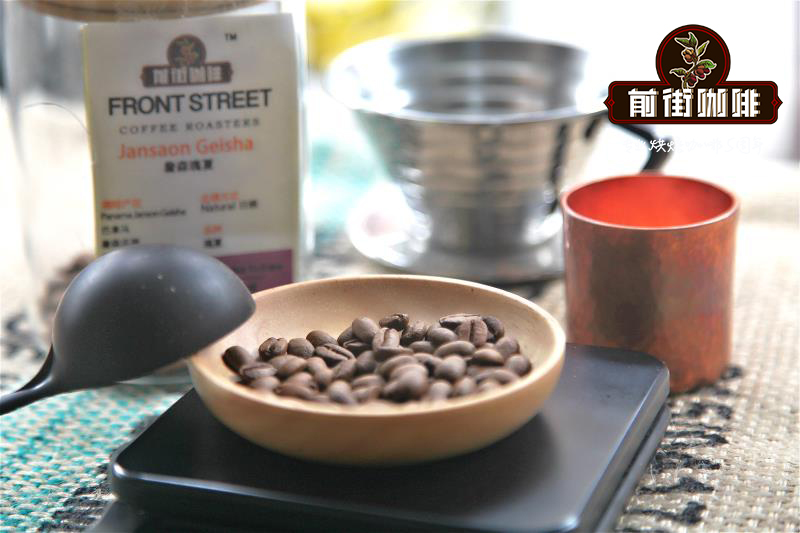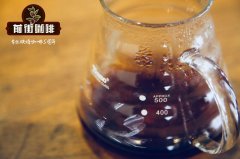What are the characteristics of the three native species of coffee? introduction to the characteristics and flavor of Rosa coffee beans

Professional coffee knowledge exchange more coffee bean information please follow the coffee workshop (Wechat official account cafe_style)
Introduction to the characteristics of three major coffee varieties and rosy summer coffee in Qianjie
1. Arabica species (Arabica)
Features: strong fragrance, delicate fragrance, pleasant sour taste, smooth texture, less bitterness, mild taste
But its resistance to dryness, frost, diseases and insect pests is too low, especially the natural enemy of coffee-leaf rust.
two。 Robusta species (Robusta)
Features: the aroma is similar to fried wheat, rich taste, sour taste is not obvious, more bitter, bright and strong style, if it accounts for only 2% of mixed coffee 3%, the whole cup of coffee becomes Robusta flavor. But it has stronger disease resistance than Arabica.
3. Liberian species
Features: it has strong adaptability to all kinds of environments, such as high temperature or low temperature, humidity or dryness, but it is not resistant to leaf rust, and its flavor is worse than that of Arabica, so it is only traded domestically in some West African countries. or planted for research.
Varieties of Arabica species
1. Tibica (Typica)
Typica means ordinary in Latin and can be understood in a broad sense that Tibica is a coffee tree that can be seen everywhere in the coffee belt.
It is the closest to the original species of Arabica, with long bean shape and excellent aroma and sour taste, but it is not resistant to leaf rust and needs a lot of shelter trees, resulting in low production and can only be harvested every two years.
The species of Geisha was discovered in the rose forests of Ethiopia in 1931 and was later sent to the Coffee Institute in Kenya. Introduced to Uganda and Tanzania in 1936 and introduced to Costa Rica in 1953.
Rosa rugosa is a derivative of Tieka Coffee, which is particularly picky about the growth environment, requiring high altitude, cloud shade, fertile soil and enough accumulated temperature. The Aurora Coffee Manor is located in the northwest corner of the Chiriki province of Panama, with an average elevation of 1625 meters, an average annual temperature of 16 ℃ to 25 ℃ and an average rainfall of about 3500 mm. The plantation is semi-shaded, and the tree species are all endemic to the region, some of which are Haas alligator pear trees at high altitude. It is precisely because of this unique environment and climate that the coffee king can be cultivated.
END
Important Notice :
前街咖啡 FrontStreet Coffee has moved to new addredd:
FrontStreet Coffee Address: 315,Donghua East Road,GuangZhou
Tel:020 38364473
- Prev

2019 Honduras COE ranking 2019 COE Honduras ranking results Honduras COE
Professional coffee knowledge exchange more coffee bean information please follow the coffee workshop (Wechat official account cafe_style) 2019 COE Honduras ranking excellent Cup: excellent Cup International jury selected the top 30 coffee scores of more than 87 points. During the cup test, these coffees should be drunk at least five times per cup. The coffee is packed in a 30-kilogram box with two 15-kilogram real ones.
- Next

What kind of coffee is delicious and affordable? what kind of high-quality coffee is good, affordable, cheap and delicious?
For more information on coffee beans, please pay attention to the coffee workshop (Wechat official account cafe_style). Mantenin Coffee is produced in Lake dopa in Sumatra Province and Lake Tawa in Aceh. This is the famous Shuangman. Qianjie coffee cup test report Mantenin medium-depth baking: very good balance, rich and mellow, obvious bitterness, chocolate and slight
Related
- Beginners will see the "Coffee pull flower" guide!
- What is the difference between ice blog purified milk and ordinary milk coffee?
- Why is the Philippines the largest producer of crops in Liberia?
- For coffee extraction, should the fine powder be retained?
- How does extracted espresso fill pressed powder? How much strength does it take to press the powder?
- How to make jasmine cold extract coffee? Is the jasmine + latte good?
- Will this little toy really make the coffee taste better? How does Lily Drip affect coffee extraction?
- Will the action of slapping the filter cup also affect coffee extraction?
- What's the difference between powder-to-water ratio and powder-to-liquid ratio?
- What is the Ethiopian local species? What does it have to do with Heirloom native species?

